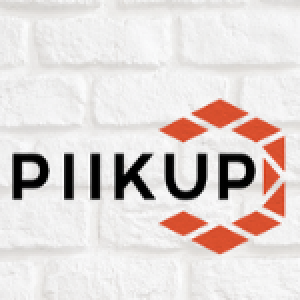Whether your meetings are in person or virtual, this one tip can change everything and make your meetings run more smoothly. To use this tip, your meetings must have an agenda. Beside each agenda item, add the type of item it is. Every agenda item can fall within one of three types: decision-making, discovery, or informative.
Three Types of Agenda Items
Decision-making
With decision making agenda items, you are turning decision making over to the group. Never use this method if you have already decided. If you are seeking validation from the team or just want to hear their thoughts, but you know what you want to do, do not call it decision-making. One of the quickest ways to lose employee trust is to let them think they are empowered to decide, and then you take back control to make a different decision. If you truly want the group to decide, there are three rules:
RULE #1 — There is no right decision, or you trust the group to make a better decision than the one you alone would make.
RULE #2 — Give them all the information they need to make a solid decision. If you are not willing to give them all the necessary information (this could be valid if there are circumstances that are not prudent to share at the time) or if you don’t know all the information, do not use decision-making as your agenda type. Set clear parameters — i.e. “I’m asking for a decision on X and Y, not on Z.”
RULE #3 — You are prepared to execute on the group decision.
Calling something a “Decision-making” item when it is not, or when you take back control, sabotages an open and honest culture.
Although you can find many decision-making styles and processes, I recommend only using one of two methods. As the leader, you should determine which method will be used before the meeting and add that next to the words “Decision-Making.”
Vote — You let the members of the meeting share their opinions and then vote. It’s good to set a time limit for the discussion. “We will discuss this for 10 minutes and then take a vote.” You or your designee should facilitate the opinion sharing process and make sure everyone has an opportunity to speak. Sometimes the quiet person has the most profound insight when asked to share.
Consensus — Consensus has been misused and misdefined throughout the years. Consensus means that everyone agrees to support the decision. It may not be their ideal position, but it doesn’t violate any of their ethics and they can stand behind the group choice. Consensus is useful when making important decisions that significantly impact the company or the people. This form of decision-making takes practice; therefore, it is a good idea to utilize utilize it on low-risk items before you need it on higher risk issues. With consensus decision making, you or your designee facilitates a discussion as members share their opinions and concerns. All members are equal in the process and periodically, you will ask, can everyone support X & Y as the decision? Clearly state the final group decision so that there is no misunderstanding as to what people are supporting.
Discovery
Also called “Information Gathering,” Discovery means that you are either getting information or facts from the attendees of the meeting or you are hearing their ideas and concerns before you or a smaller group makes the decision.
Discovery is possibly the most transparent and affirming type of agenda item. Often managers think that decision-making is most affirming to employees because they feel like they are being inclusive and believe employees want to feel that their opinion matters. It is true that employees want to feel their opinion matters, however if they are told upfront that their opinion matters, and you want to hear their opinion before making a decision that is more affirming than not following the decision made during a decision-making process. Using discovery also shows more leadership than accepting and following a group decision that later turns out poorly. If you consistently ask the group to make the decision and there are several negative outcomes, it will undermine your leadership.
Using Discovery as a type of meeting is a powerful process to reinforce your leadership.
Informative
Also called “Information Dissemination,” “Information Only,” or “FYI” items, the Informative type agenda item is simply providing information. It is not asking for discussion or opinions. You can certainly answer any questions, but it is not a part of the decision-making process. Informative items can be anything from, “Remember Friday we will have visitors” to a training on new software.
Informative items will likely be a part of every agenda. It is a good idea to sprinkle these throughout the agenda. It provides a break from active participation by all members. You can also ask if there are Informative items others wish to share as a part of being in the meeting.
In Conclusion
Effective and efficient meetings help to build trust in the leader and in the culture of the organization. Using this simple technique, can help keep meetings on track and provide a roadmap for the attendees.



